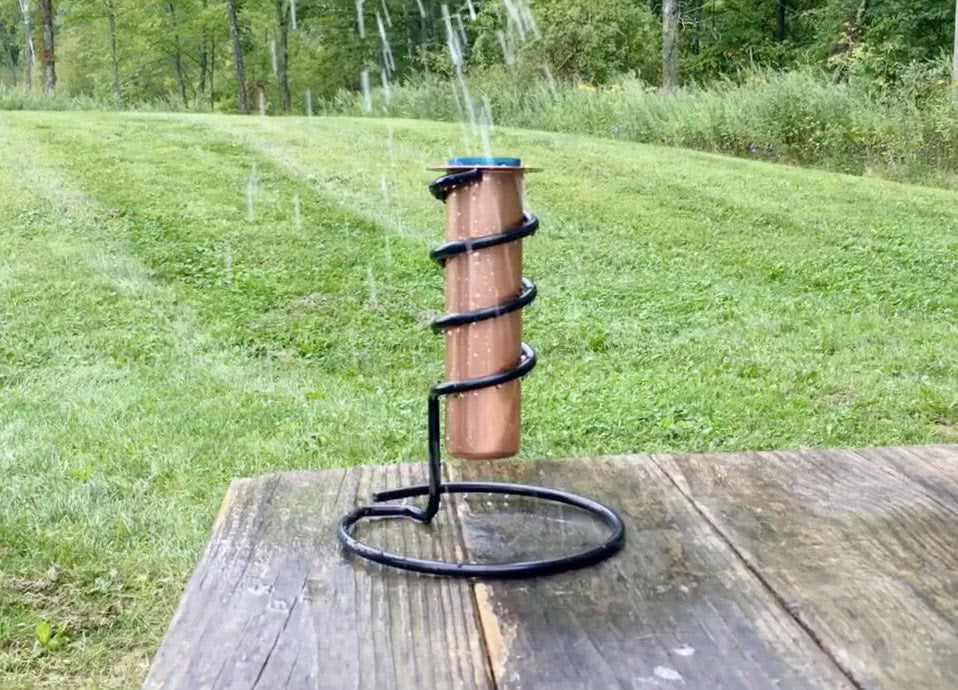The Rain Gauge: Equipping Areas with Precise Rainfall Information
The Rain Gauge: Equipping Areas with Precise Rainfall Information
Blog Article
Do It Yourself Rainfall Gauge: Simple Steps to Make Your Own
Producing your very own Do it yourself rain scale is a simple and effective means to record and measure rainfall. With just a few typical materials and some fundamental actions, you can conveniently build your very own rainfall gauge at home. Let's get begun on making your DIY rainfall scale today!
Gather Products
To start creating your DIY rainfall gauge, gather all the needed products using a comprehensive list of items. Having the best materials available will make sure the successful creation of your rain scale and allow for exact dimensions of rainfall. You will need a clear plastic container or cyndrical tube, such as a plastic container or jar. Ensure the container is clear to ensure that you can quickly see the water degree inside. Next off, you will require a leader or determining tape to note the increments on the container. This will certainly allow you to gauge the quantity of rains precisely. Additionally, you will require a long-term pen or water resistant tape to mark the dimensions on the container. When subjected to rainfall, this will make sure that the markings stay noticeable even. Ultimately, you will require a durable base or stake to firmly hold your rainfall gauge in position. This can be a wooden or metal risk that can be put into the ground or a durable level surface to offer stability. Gathering these products ahead of time will improve the construction process and make sure that you have everything you require to create your very own DIY rainfall scale.
Prepare the Container

Mark the Dimension Increments
To precisely measure the quantity of rainfall, accurately noting the dimension increments on your do it yourself rain scale is important. Without clear and specific markings, it would be difficult to determine the specific amount of rainfall collected in your rainfall scale. Below are the actions to mark the measurement increments on your rain scale.
The most typical devices for measuring rains are inches and millimeters. As soon as you have picked the unit, make use of an irreversible pen or water resistant paint to mark the increments on the side of your rainfall scale.
When marking the increments, it is essential to guarantee that they are equally spaced and clearly noticeable. Use a leader or measuring tape to make sure precision and uniformity. In addition, make certain that the markings are resistant to fading or abrading, as exposure to the elements may cause them to weaken with time.
Location the Rainfall Gauge Outdoors
The rainfall gauge must be placed outdoors to precisely collect rainfall data. The place picked for the rainfall scale need to be totally free and open from any type of obstructions that might possibly influence the measurement of rainfall. The Rain Gauge.
Furthermore, it is crucial to place the rainfall scale on a stable surface area, such as a degree ground or a durable blog post. This will stop any type of activity or tilting of the scale, which could bring about unreliable measurements. It is additionally recommended to avoid positioning the gauge near any kind of resources of man-made water, such as sprinklers or water drainage systems, as this can conflict with the accuracy of the measurements.
Monitor and Document Rainfall Information
Routine tracking and recording of rains information is crucial for accurate information evaluation and interpretation. By monitoring rains measurements, you can get beneficial understandings into climate patterns, environment trends, and water source monitoring. To successfully keep track of and tape-record rains information, it is essential to establish a regular and preserve Visit Your URL consistent techniques.
First of all, ensure that your rain scale is positioned in an open area away from obstacles such as trees or structures that might obstruct rainfall. Additionally, make sure the rain gauge is level and firmly secured to prevent any kind of motion that could affect the precision of the measurements.

When videotaping the rainfall information, it is necessary to note the date and time of each dimension. Utilize a leader or a measuring stay with determine the rainfall deepness in the rain gauge, and record this details precisely.
To ensure the accuracy of the dimensions, it is suggested to empty the rain scale after each recording. This will certainly stop any kind of overflow Full Article or evaporation from affecting subsequent dimensions.
Verdict
To conclude, developing a DIY rain scale is a simple and useful method to check and videotape rains information (The Rain Gauge). By complying with the steps described in this post, you can quickly gather materials, prepare the container, mark the measurement increments, and place the rain gauge outdoors. On a regular basis monitoring and tape-recording rainfall data can supply useful info for various purposes
Having the appropriate materials on hand will certainly guarantee the successful creation of your rainfall gauge and allow for accurate measurements of rains.To accurately measure the visit here amount of rains, properly marking the dimension increments on your Do it yourself rainfall scale is crucial.The rainfall gauge must be put outdoors to properly gather rainfall information. The location picked for the rain gauge need to be complimentary and open from any blockages that can possibly influence the measurement of rains.In conclusion, developing a DIY rain gauge is a basic and useful method to keep an eye on and record rainfall information.
Report this page